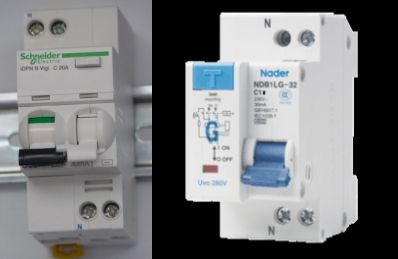The National Electrical Code (NEC) contains numerous electrical design and installation procedures as well as many manufacturing requirements. It is re-issued every three years by the National Fire Protection Association, often with extensive new mandates. The NEC is also international. Besides the United States, other countries that have enacted the standard include Mexico, Venezuela, Costa Rica and Colombia. Canada has its own code (CEC). Australia and New Zealand share the Standard for Wiring Rules.
Another organization that issues standards that have international clout is the International Electrotechnical Commission (IEC). IEC standards cover many technologies centering on, but not limited to, electronics and electrical generation, distribution and end usage. Geographically, the IEC is world-wide in scope, influencing the way work takes place throughout all continents, especially Europe. It is influential as well in many countries from China to the U.S.
It is a massive organization, offering up language that member countries can adopt in areas ranging from power generation and distribution, electronics, to medical technology, electromagnetics, telecommunication and others. The IEC promulgates standards for use in its 82 member countries and 82 affiliates. The standards are easily recognized because of their assigned numbers ranging from 6000 to 7999.
IEC 60364, Electrical Installations for Buildings, corresponds to the NEC. Its principal goals — safety from the point of view of electrical fire and shock — are the same. But each code is more stringent in certain areas that are seen by the respective memberships to be more critical. For example, IEC 60364 requires loop impedance meter testing of new installations prior to utility energization, whereas NEC appears to be a few years away from that mandate.

IEC 60364 is goal oriented, seeking to promote safety throughout the world. It is widely respected in Europe, but individual codes differ in some details. The UK’s BS7671, for example, structurally resembles IEC 60364, but it imposes additional requirements. Notable among these is the language mandating 30-mA residual current devices (RCDs) for all socket outlets intended for general use by non-professionals. These resemble the ground-fault circuit interrupters (GFCIs) in use in the U.S. Only the trip-out current is higher. The usage is more widespread so the intent has to be to minimize nuisance faulting.

Why is the IEC so lenient in compliance to electrical installations compared to the NEC? Is it the lack of basic understanding of electricity or possibly the economic restraints of the backward countries that still use the metric system?